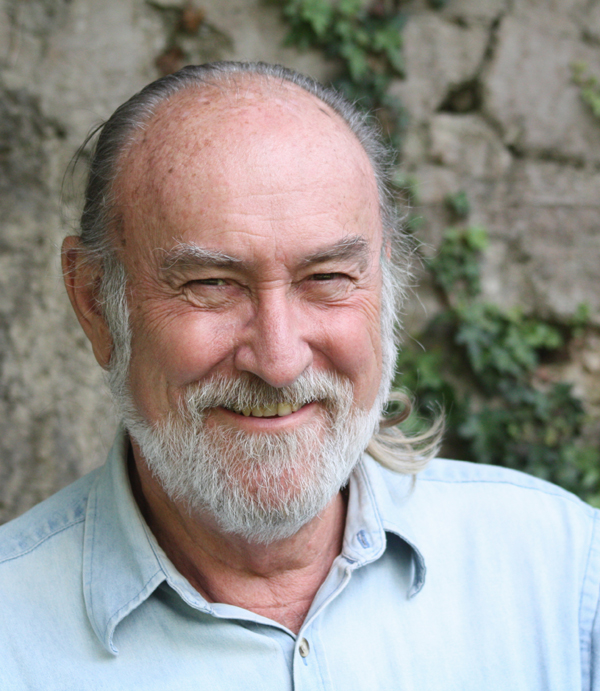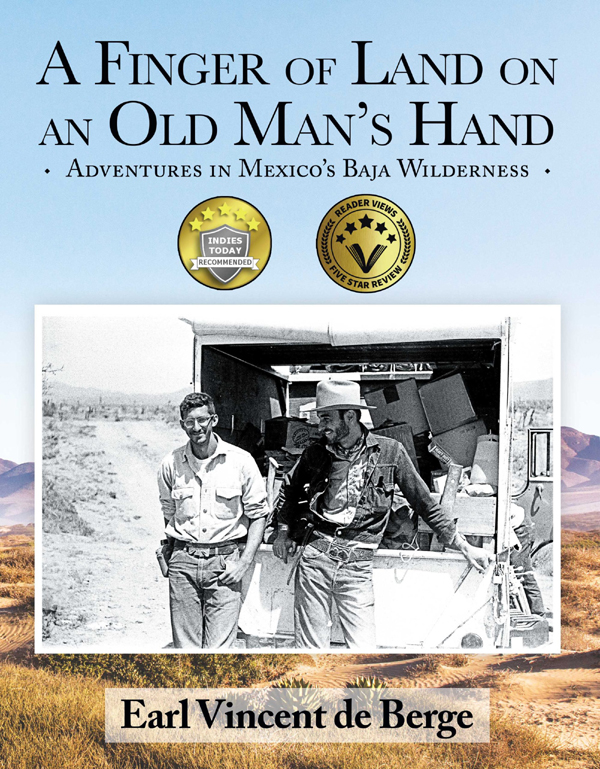WILMINGTON, NC, November 28, 2024 /24-7PressRelease/ — Coming-of-age stories offer an exploration of growth, identity, and self-discovery. This is why they resonate so with readers. They describe a pivotal time in our lives when we seek purpose, growth, emotional connections, and perhaps even the meaning of life itself. Reading about the journey of others can also create a safe space to confront our own fears, dreams, and aspirations. They offer a look into how others navigate the universal challenges of growing up. They can be inspirational, and they can be transformative.
Some of these stories are in a class by themselves. They become touchstones for their unique ability to transport and transform. Earl Vincent de Berge’s memoir, ‘A Finger of Land on an Old Man’s Hand’, is one such story, offering a masterful blend of adventure, introspection, and cultural discovery.
‘A Finger of Land on an Old Man’s Hand’ is more than just another adventure story; it’s a meditation on resilience, friendship, and the inescapable pull of self-discovery. Each challenge—be it physical or emotional—becomes a steppingstone in the explorers’ evolution, perhaps reminding readers of their own capacity for growth. It offers a compelling testament to the human spirit’s capacity for transformation.
The Baja Peninsula serves as both a backdrop and a mirror. It immerses readers in four explorers’ transformative journey through Baja California in 1962 and 1964, inspired by ‘The Forgotten Peninsula’ by Joseph Wood Krutch.
Photography enthusiasts will be thrilled to know the book offers a treasure trove of previously unreleased photographs of the area.
One reviewer called the book, “. . . a beautifully written, fabulous tale of an incredibly brave and daring journey.” ReaderViews, in their 5-star review said, “A Finger of Land on an Old Man’s Hand by Earl Vincent de Berge is the stark, witty, and profound memoir of four college students testing their limits on the Baja Peninsula in the summer of 1962. One could think of this as the classic literary assignment, ‘How I Spent My Summer Vacation.’ Only to do so would be to grossly underestimate this narrative.”
Earl’s adventures in Baja deepened his youthful fascination with the Sonoran Desert and its plants and animals, and inspired him to write a collection of charming stories for young readers. The main characters are Big Ears Jack – a huge magician jackrabbit – and other animals, birds and plants of the Sonoran Desert and its coastal regions. ‘Big Ears Jack and Friends,’ is now available on Amazon in both print and ebook formats.
To date, Earl has also published three collections of his poems, ‘Allegro to Life,’ ‘Swans to Carry Me,’ and ‘Wind in the Elephant Tree,’ which touch on nature, human nature, love, desert silence, and life in Guatemala.
All of de Berge’s books are available at Amazon and other online book retailers. More information, including an excerpt from the book and a PDF of selected photos with insider details revealing Baja in the 1960s is available at his website at https://www.earldeberge.com/.
About Earl Vincent de Berge:
Author Earl Vincent de Berge is an Arizona native, writer, photographer, and poet. With a master’s degree in political science from the University of Arizona, he founded Behavior Research Center, Inc., and created the respected and widely published Rocky Mountain Poll (RMP), of which he was Editor for 35 years. Earl’s photographs, logbooks, and essays reflecting on life experiences serve as foundations for his prose and poetry. He has recently published three collections of his poems, ‘Allegro to Life,’ ‘Swans to Carry Me,’ and ‘Wind in the Elephant Tree,’ which touch on nature, human nature, love, desert silence, and life in Guatemala.
Earl has just published “Big Ears Jack and Friends,” a book of young reader stories in which the main characters are animals and birds of the Sonoran Desert and coastal regions of Baja and he is currently assembling ‘The Man Who Ate His Dreams,’ a biography of a rags-to-riches businessman, artist, and poet.
Earl and his wife Suzanne split their time between Arizona and Guatemala where they founded the nonprofit Seeds for a Future to help impoverished rural women improve their families’ access to adequate food and nutrition.
# # #






